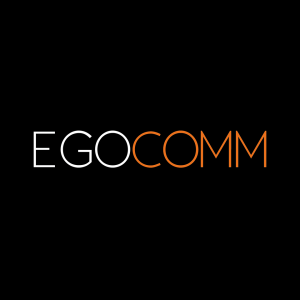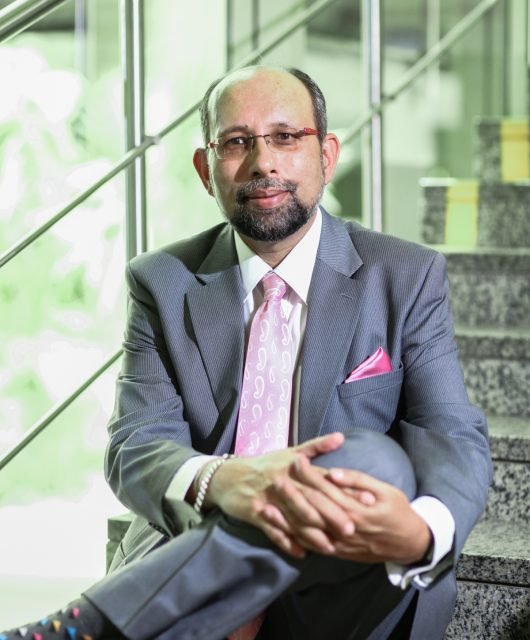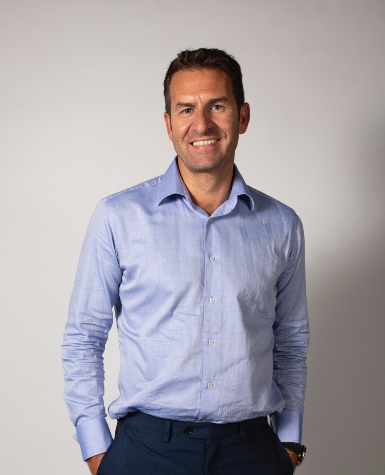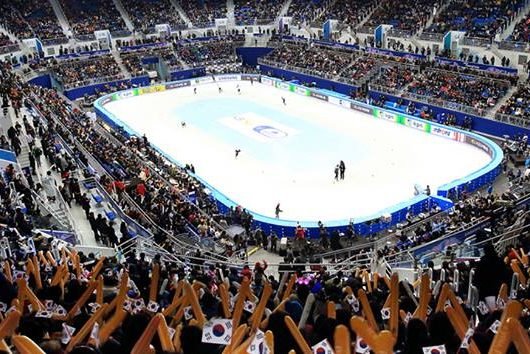Have you ever wondered why some brands strike leading market positions while others settle for the status quo. The answer lies within a brand’s ability to tell engaging stories. The best brands are built on great stories, a brand story is more than a narrative, it’s a complete picture made up of functions and feelings. A story helps a brand go beyond commoditization, instead, it creates, strengthens and nurtures a connection that people can resonate with. We met with one of the Middle East’s top brand storytellers, Nayrouz Abou Zeid – CEO and Founder of Ego Comm.

BB: As advertising loses its impact, brands are on a constant look for new ways to win customers over. Advertising people have been making brands perceived by their customers as if they’re living in an imaginary world instead of communicating products’ intrinsic qualities. Should businesses put the product first or the brand first ? Should companies prioritize investing in branded content campaigns or having well-made products ?
NZ: The ideal scenario calls for a perfect balance between a great product and a strategic advertising campaign. But that’s just the ideal scenario. Sadly, however, some of the greatest products have lost their identity and at times even integrity by operating under the naive notion that ‘if people are talking about it, then it’s a hit’. This philosophy has lead many brands and/or products to associate with trends, advertising strategies and misplaced associations just for the sake of ‘notoriety’. So to answer your question, companies should definitely invest in branded content campaigns because it is a means of communication- and humans respond well to targeted communication. BUT it needs to be educated.
BB: Its important for the physical workplace to be functional and engaging. But, that space is also an important part of your overall brand. Visitors and employees alike see your office space as an extension of company culture. How can a workplace offer a unique opportunity to build brand identity and reinforce brands essence?
NZ: Well, for starters let’s admit that many amazing ideas, companies and brands were created from spaces that by no means were either functional or engaging. Some of the biggest names and companies in our industry flourished from home garages, bedrooms, and other very uncommon working solutions.
But yes, a good working environment and a well architected office is absolutely an incredible means to advocate one’s brand and push forth one’s image, let alone provide the right mood for work and creativity.
Having said so, without the right pillars, however, a work place becomes a sand castle; flimsy. Without a good reputation, a good team, and an honest vision, the office is as good as a fake id.
BB: Can you mention some tips and tricks to help local brands adapt and survive in 2017 ?
 NZ: A few years ago, I would have easily answered this question with “keep evolving” or “Stay relevant”. Today my answer changes. Relevance is no longer good enough. You see, business until 2011 had some sort of structure; it had it’s channels, a certain rhythm… But now we operate under very different rules. In fact no rules at all. With the rapid growth in digital channeling, boundaries have been lost and we are building KPI’s as we go along not before we start. Imagine how much harder it is for existing entrepreneurs who seek to achieve targets structurally, and yet how much easier it is for others to start a business over night and call themselves entrepreneurs? This dichotomy is dangerous but it’s also precisely why I wouldn’t use terms such as ‘adapt’ and ‘survive’ anymore. There are far too many brands trying to adapt and survive, what brands should begin doing is taking real risks, innovating and always being a few steps ahead. The pace is fast, so don’t worry about people not keeping up… if they can keep up with all the different social media handles, applications, instastories, etc … then they will certainly not be phased by a new idea, or different approach. Just be the first to do it, and make sure everyone knows.
NZ: A few years ago, I would have easily answered this question with “keep evolving” or “Stay relevant”. Today my answer changes. Relevance is no longer good enough. You see, business until 2011 had some sort of structure; it had it’s channels, a certain rhythm… But now we operate under very different rules. In fact no rules at all. With the rapid growth in digital channeling, boundaries have been lost and we are building KPI’s as we go along not before we start. Imagine how much harder it is for existing entrepreneurs who seek to achieve targets structurally, and yet how much easier it is for others to start a business over night and call themselves entrepreneurs? This dichotomy is dangerous but it’s also precisely why I wouldn’t use terms such as ‘adapt’ and ‘survive’ anymore. There are far too many brands trying to adapt and survive, what brands should begin doing is taking real risks, innovating and always being a few steps ahead. The pace is fast, so don’t worry about people not keeping up… if they can keep up with all the different social media handles, applications, instastories, etc … then they will certainly not be phased by a new idea, or different approach. Just be the first to do it, and make sure everyone knows.
BB: Several global brand reports have shown that we’ll be seeing more companies working together across different marketplaces in a new reminder that some bridges between brands have to be crossed for a mutually-empowered markets. How can brands nurture a culture of brand partnerships and stay competitive to each other at the same time ?
NZ: Once you change your idea of ‘competition’ you understand the power of collaboration. I for one, am a huge fan of associations, mergers, partnerships… I’ve seen small companies become majestic with the right collaborations, and I’ve seen weak campaigns resuscitated by strategic advertising partnerships and better funding. Recently in Egypt many mergers have been announced, and I think this is an indication that people are beginning to see the real benefit behind such business maneuvering.
In the case of brands, again it’s all about staying educated as to which partnerships will complement the end result. We’ve worked on several projects where more than one fashion name collaborated- for example – to release a much more powerful visual, video, or message without affecting the individuality of each brand.
Also in our shaky economy, collaborations mean cost efficiency and faster exposure.
BB: In the competitive landscape of events, branding remains one of the best ways to stand out from the crowd. Can you share some of the ins and outs of creating a strong, consistent and engaging branded event?
NZ: Simple. It’s what I always say to clients. Audience. If you get the right audience, you win. The rest is details.
BB: Some of the world’s luxury brands, like Louis Vuitton and Gucci, have been ranked among the top 100 brands of 2016. What qualifies a luxury brand ? Which local luxury brand captured your eye that you perceive having global potential?
NZ: Good quality speaks all languages. If it can stand the test of all tastes and markets, then it qualifies. If, it is also supported by a strong marketing arm then there’s a high a probability the brand at hand is destined for globalization and according to price, type of product, it can be reckoned as ‘luxurious’.
Locally , the ones I can really see appealing to a global market are already penetrating other markets on their own. They have understood the importance of ‘consistency’ , ‘integrity’, and ‘quality’. They have also invested in marketing, networking and PR … which combined with a good product will almost always lead to international exposure.
BB: With the rise of Egyptian fashion brands, how can they outperform established multinational brands in local markets without outspending them ?
NZ: I have one word to answer this question : ‘Finishing’





